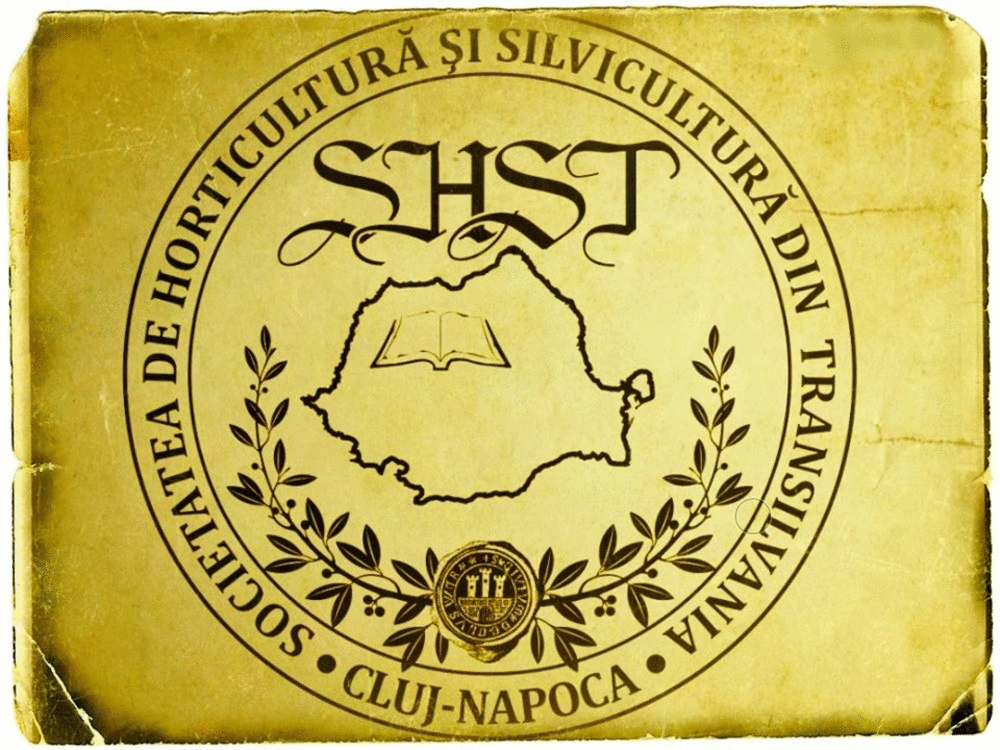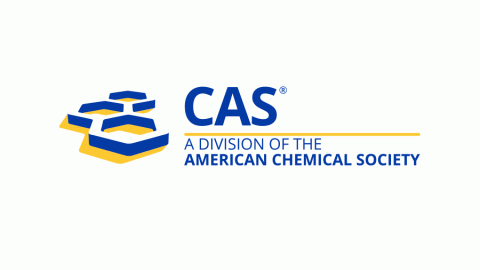Testicular Morphology and Sperm Motility in Cultured African Catfish (Clarias gariepinus) at Different Stages of Development
DOI:
https://doi.org/10.15835/nsb839873Abstract
Testicular morphology and sperm motility were evaluated in cultured Clarias gariepinus (n = 25) purposively assigned to five groups according to their age. The results showed that the testes were paired, elongated, dorso-ventrally flattened structures, situated in the caudal aspects of the body cavity. The mean length of both right and left testes increased linearly with age, being significantly (p < 0.05) higher at 6 months than at 4 and 5 months of age, and also significantly (p < 0.05) higher at 8 months than at 6 months of age, while the mean weight and organo-somatic index of the catfish testes increased linearly until 6 months of age, after which no significant (p > 0.05) increase in the testicular weight and organo-somatic index was observed. Unidirectional progressive movement of spermatozoa was detected in the milt of C. gariepinus at 6, 7 and 8 months of age, but sperm cells were non-motile at 4 and 5 months of age. Histological sections showed seminiferous lobules, whose germinal epithelia were characterized by many cysts enclosing clones of sperm cells. Each cyst enclosed a clone of sperm cells at an identical stage of spermatogenesis. Spermatids and spermatozoa were present in the lumen of the seminiferous lobule. The obtained results indicate that the morphology of the testes of C. gariepinus is similar to the testes of members of the order Siluriformes, but sexual maturity and production of motile spermatozoa may be achieved at 6 months of age in the African catfish.
Metrics
Downloads
Published
How to Cite
Issue
Section
License
Papers published in Notulae Scientia Biologicae are Open-Access, distributed under the terms and conditions of the Creative Commons Attribution License.
© Articles by the authors; licensee SMTCT, Cluj-Napoca, Romania. The journal allows the author(s) to hold the copyright/to retain publishing rights without restriction.
License:
Open Access Journal - the journal offers free, immediate, and unrestricted access to peer-reviewed research and scholarly work, due SMTCT supports to increase the visibility, accessibility and reputation of the researchers, regardless of geography and their budgets. Users are allowed to read, download, copy, distribute, print, search, or link to the full texts of the articles, or use them for any other lawful purpose, without asking prior permission from the publisher or the author.













.png)















